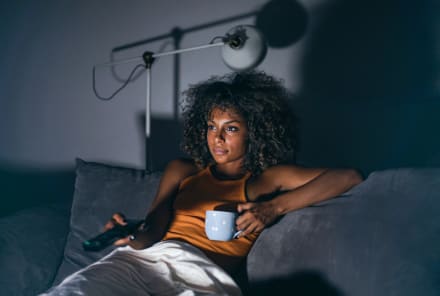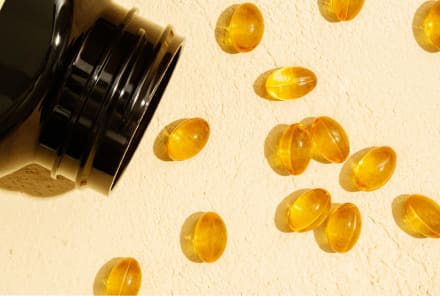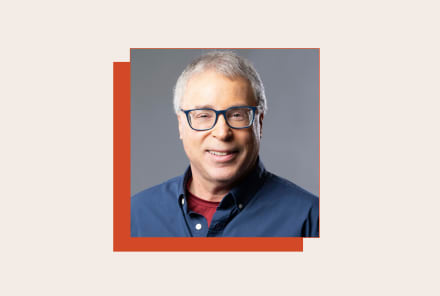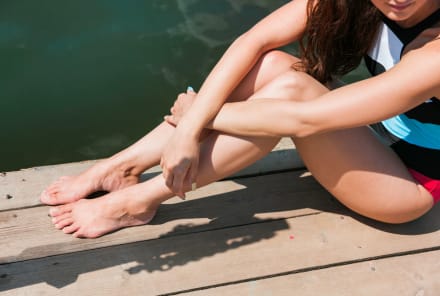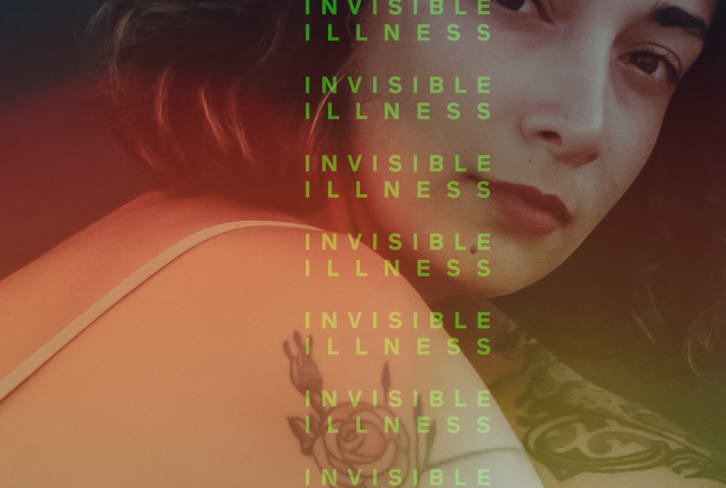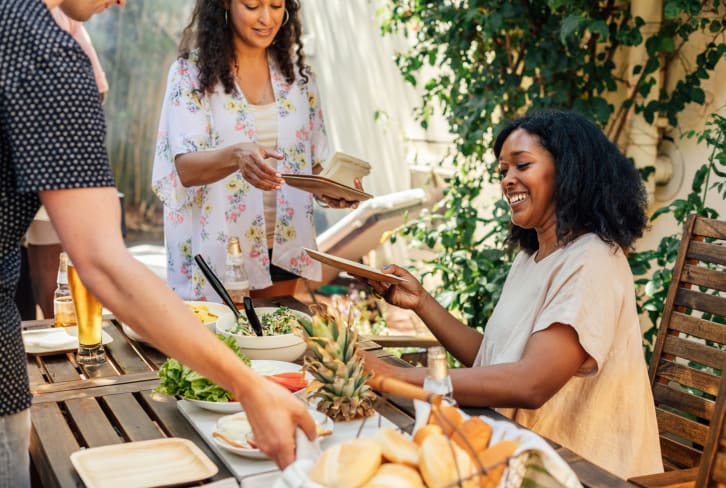Advertisement
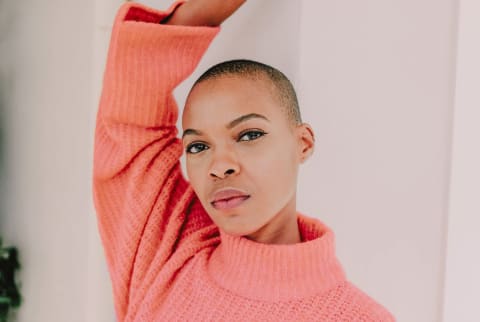
I'm a 6-year-old child, with unruly hair and a wild spirit. I'm aware that I should start caring about boys soon, given that all my schoolmates who are girls are beginning to care about boys. I actually think quite a bit about one girl and one boy in particular, and I have no idea what that means about me, and there's no one to ask.
I'm 10, and I watch my older sisters move about the house with grace while wearing black Mary Jane shoes, white knee socks, curled hair, dresses our mama made, mascara on their lashes, and artfully, carefully placed rouge high on their cheeks. They are gentle and sing songs reverently and sweetly on the piano. At night I cry because all I want to do is wear jeans and T-shirts and polos like my brothers and climb the cherry tree and fix the go-cart, admiring my banged fingers and grease stains before bed like badges of honor.
I'm an early teen. My dad tells me to watch out because girls who get heavy at my age have a hard time losing the weight as they get older. My body begins to grow breasts and hips, and I feel like I've been taken hostage. I feel like an impostor almost all of the time. If I'm feeling like a girl, my breasts are too small, and my legs are too fat. If I'm feeling like a boy, my breasts are too large, and my arms are too weak. I feel like I have to have a boyfriend no matter what. It's a disguise I rely on to fit in. I use sex to get what I need.
I'm married and pregnant and in my early 20s. I watch my body grow larger and larger, becoming foreign to myself in a whole new way. At night I have dreams about being inhabited by an alien. I'm still unclear on how babies are made, grown, and vacate a human body, things I don't learn until baby No. 3.
I'm in my 30s, and I pass myself in a mirror. I try to avoid looking up but am somehow compelled to do so. I see a man in drag. I see a woman who might be called handsome in the right light. I see a tired face with a frozen smile and hair that doesn't belong to me. I see the fight has gone out of me, and I'm standing on legs that look awkwardly stuffed into a skirt that surely can't belong to me. My arms hang, bookending my body in a way that brings to mind parentheses holding the further explanation of me from myself.
I'm now in my 40s. I've learned to move and navigate through this life of mine, within these constraints of my body. I do my best to live unapologetically and with intention. I sit with uncomfortable feelings in groups and alone to be as fully present as I can. I see my queer family everywhere I go, and I send out the silent message to each and every one: "I see you. I love you. You are OK no matter what anyone tells you. Showing up every day in your life, in your body, is a radical act. Exist. Please. Thank you." I shoot this silent gratitude to them with my eyes and in my smile.
These moments and thousands more have defined my life as a nonbinary person. I become tangled in a struggle with body dysmorphia. There are times I reach down to adjust my penis, only to be taken by surprise that it isn't there and never was. How can it be that it never existed? I am slowly learning to love my breasts and hips and own a sensuality within my body that I've only ever seen in others, never believing I could own some of it myself, or that I deserve to. Learning to be comfortable in a body that never seems quite right is achievable, but it's a slower process than I'd like.
I cycle through these moments and many more over the course of a day. To be gender-fluid, queer, and nonbinary is to many times feel everything and then perhaps nothing. It is a constant struggle to stay in my body and feel confident in my own skin. There's a kernel of truth deep within me that yells my worth every so often, and it's just enough to keep my head above water. Most of the time.
The U.S. Department of Health and Human Services is pushing to legally define gender as either male or female only, unchangeable and determined by the genitals a person is born with (or has within the womb), proved only through genetic testing. The change would happen through a revision to Title IX, which currently bans gender discrimination in places like schools that receive federal funding, creating a small bit of safety in school bathrooms and locker rooms and requiring administrators and teachers to recognize pronouns and names. Changing the legal definition of gender to include only men and women would remove existing civil rights protections for all transgender, nonbinary, and intersex people. In addition to adopting the new definition of gender itself, HHS also wants the Departments of Education, Labor, and Justice to follow suit—putting this vulnerable community's health care access, educational rights, workplace protections, and overarching civil liberties at risk.
In the United States, there are an estimated 1.4 million trans people1 alone (the majority of whom are between ages 25 and 64, which, by the way, happens to be prime voting age). This healthy population is the size of Hawaii, New Hampshire, or Maine. It's the two Dakotas put together. It's the size of Philadelphia or Phoenix or San Diego. The over 10 million people who make up the LGBTQ population, when united, could wield a hefty sword.
The harm in not recognizing humans who fall outside the socially constructed gender binary is real and concrete. About 25 percent of trans people were denied insurance coverage because of their transgender status, and 23 percent have avoided doctor appointments when they needed them because they feared mistreatment. The stats only get more and more devastating: This underserved and underrepresented demographic has more than nine times the national average of attempted suicide rates, and 47 percent say they have been sexually assaulted. (I fall into both of those categories.)
Instead of removing our civil rights, we should be looking for ways to ensure our safety.
One study2 from 2003 on the mental health of lesbian, gay, and bisexual populations states that the debate surrounding the classification of homosexuality as a mental disorder during the 1960s and early 1970s continues to complicate how homosexuality is perceived today. But it should be clear now that the higher numbers of mental disorders in the LGBTQ community is because of "minority distress," the researchers explain, which means that stigma, prejudice, and discrimination create a hostile and stressful social environment that causes mental health problems.
The American Psychiatric Association concurred on that point years ago: "Being transgender or gender variant implies no impairment in judgment, stability, reliability, or general social or vocational capabilities; however, these individuals often experience discrimination due to a lack of civil rights protections for their gender identity or expression," they wrote in a 2013 statement. "[Such] discrimination and lack of equal civil rights is damaging to the mental health of transgender and gender variant individuals."
In other words, trying to erase an entire population of people will certainly create dangerous mental health hurdles for those who are already dismissed and persecuted.
"The emotional toll that it takes to consistently hide our authentic selves grows proportionately to the lack of familial, workplace, and peer support," says Angela Hinton, a licensed clinical mental health therapist in Utah. "Furthermore, the pressures on gay, transgender, and gender-fluid individuals to present within societal norms results in loss of work production, internal and external conflicts, significant mental health turmoil, and feelings of hopelessness."
My childhood was in Southern Utah, where during the '70s and '80s, people like me simply didn't exist. I knew no gay or lesbian people. I heard occasional rumors and warnings, and we prayed for those deviant sinners. I grew up being taught that someone like me shouldn't and couldn't exist in God's world. I wasn't a man or a woman, and only men and women existed. I was constantly doing mental gymnastics to simply survive.
Getting support from community, religious or not, has a huge impact on the health of LGBTQ youth. One report found trans kids with unsupportive parents had a 60 percent suicide-attempt rate. Among kids with strongly supportive parents? That rate dropped to just 4 percent.
If we really care about the greater good, we need to regain touch with this core truth of human existence: that diversity brings richness and color to an otherwise gray and suffocating sameness. Diversity in families helps round out talents and personalities. Diversity in communities infuses neighborhoods and cities with foods, art, entertainment, tolerance, and acceptance for others. Diversity in gender brings new understanding to what it means to be a human.
And even if none of that was true, the reality of our existence remains, nonetheless. We, as gender-fluid, nonbinary, trans, nonconforming, enby, queer, LGBTQ people, deserve the right to exist within our bodies and outwardly express our true selves. We should be able to answer honestly when asked if we are male or female and say both or neither. However we show up that day, in that moment, we are valid.
Watch Next
Enjoy some of our favorite clips from classes
Enjoy some of our favorite clips from classes
What Is Meditation?
Mindfulness/Spirituality | Light Watkins
Box Breathing
Mindfulness/Spirituality | Gwen Dittmar
What Breathwork Can Address
Mindfulness/Spirituality | Gwen Dittmar
The 8 Limbs of Yoga - What is Asana?
Yoga | Caley Alyssa
Two Standing Postures to Open Up Tight Hips
Yoga | Caley Alyssa
How Plants Can Optimize Athletic Performance
Nutrition | Rich Roll
What to Eat Before a Workout
Nutrition | Rich Roll
How Ayurveda Helps Us Navigate Modern Life
Nutrition | Sahara Rose
Messages About Love & Relationships
Love & Relationships | Esther Perel
Love Languages
Love & Relationships | Esther Perel

